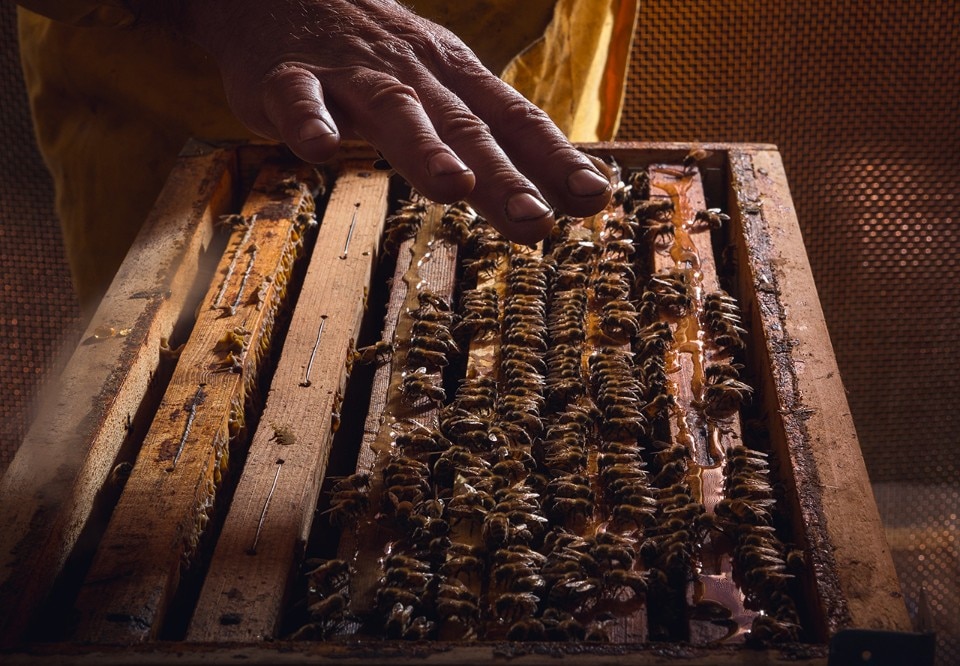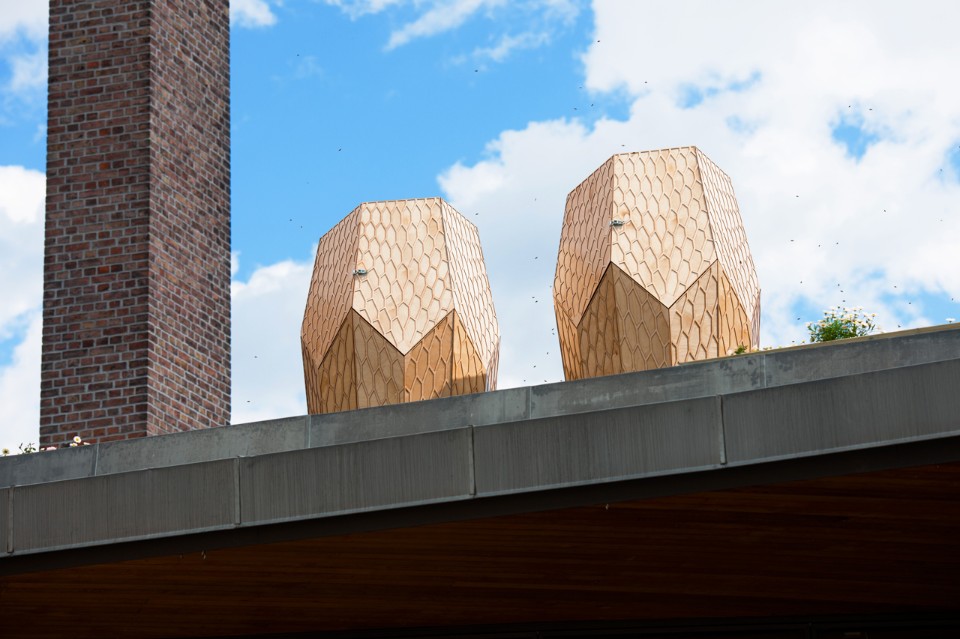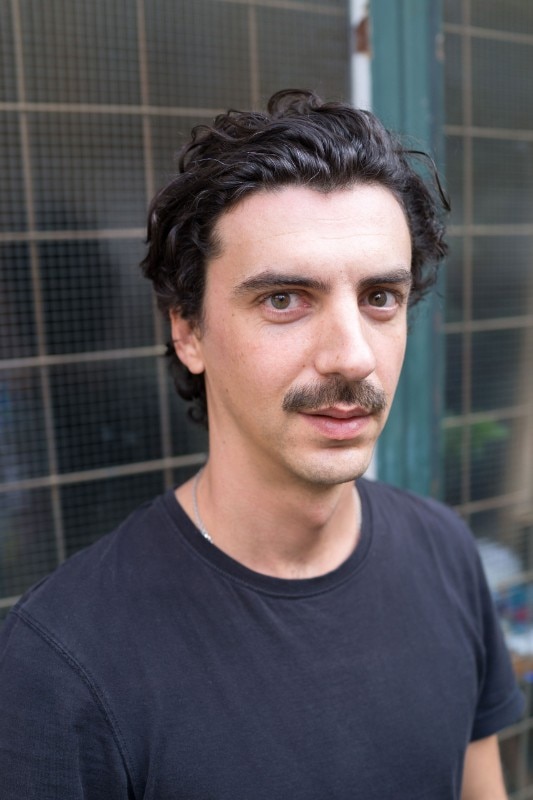May 20 will be the first World Bee Day, proclaimed by the United Nations last December. It was created to protect these extraordinary insects on which biodiversity, food security and restoration of desert areas depend, shedding light on the most controversial aspects of contemporary agricultural systems. There are many architecture, design and art projects that promote their protection in a sustainable and circular way. Bees as monument restorers, artist’s beehives and bees that play as DJs: read here a selection of ten stories.
– Adrien Missika designs a metabolist bee hotel. Fondazione La Raia puts art at the service of the environment with a 2.300-rooms hotel for bees, made in Luserna stone by the Berlin-based artist.
– Francesco Faccin’s urban beehive is a small project with big potential, and exemplifies positive thinking applied to design.
– The Insect Hotels by Dilna Hammer have been specifically designed to contrast the alarming disappearance of primal impollinators such as solitary bees.
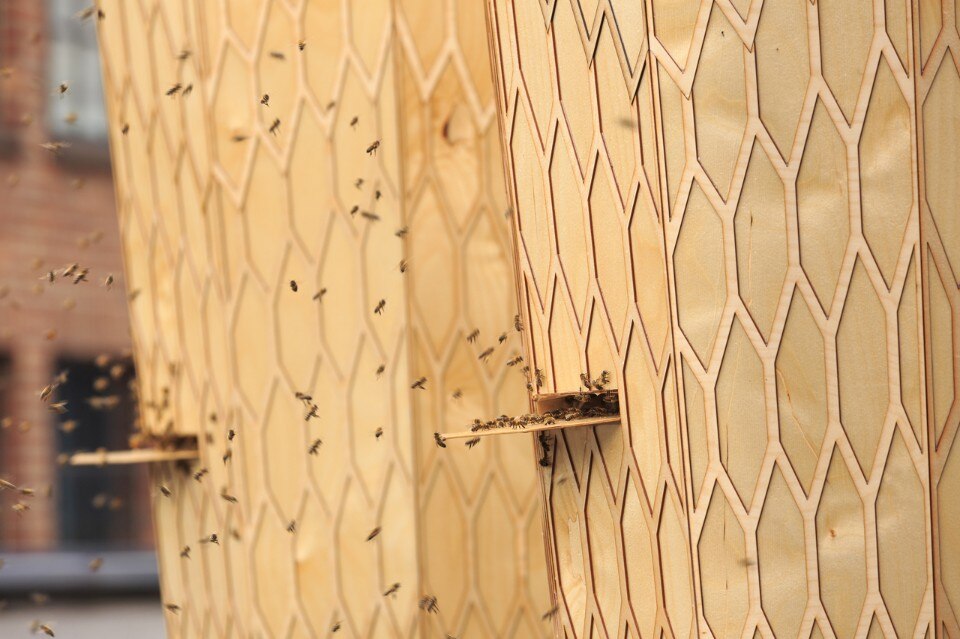
 View gallery
View gallery

Sparebankstiftelsen DNB - Bikuber paÌ Vulkan 25062014
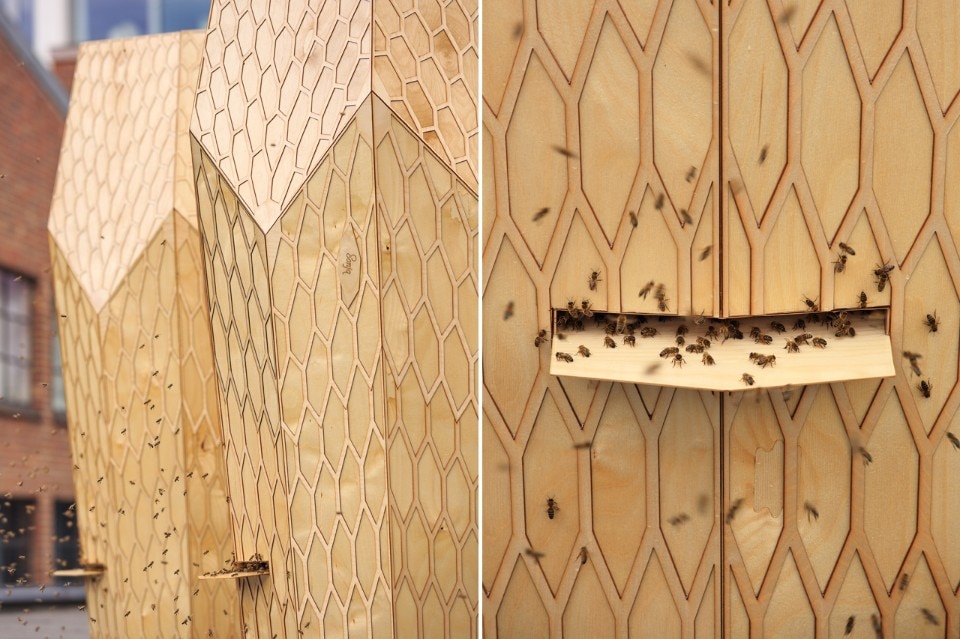
Sparebankstiftelsen DNB - Bikuber paÌ Vulkan 25062014
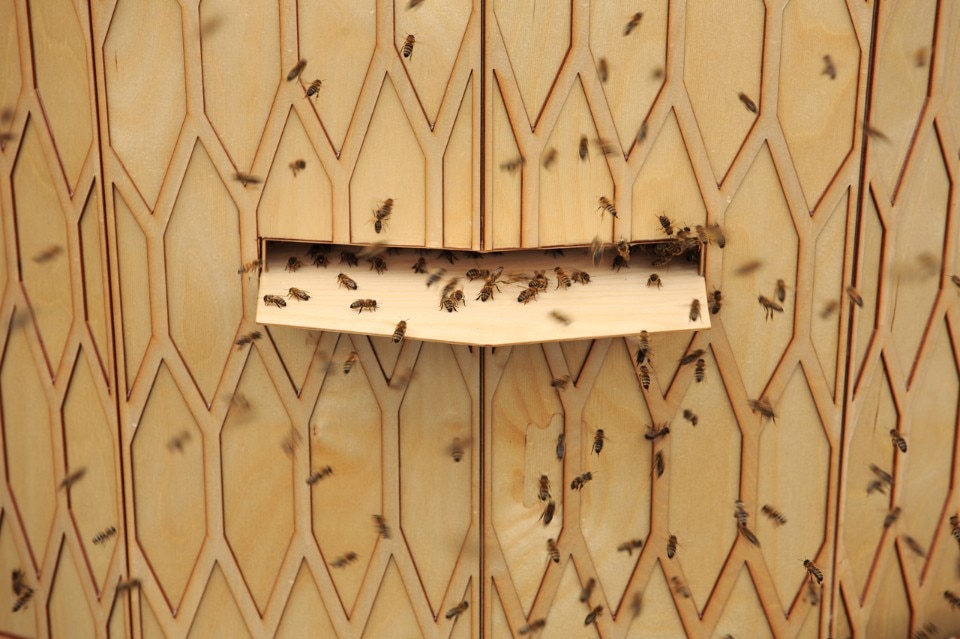
Sparebankstiftelsen DNB - Bikuber paÌ Vulkan 25062014
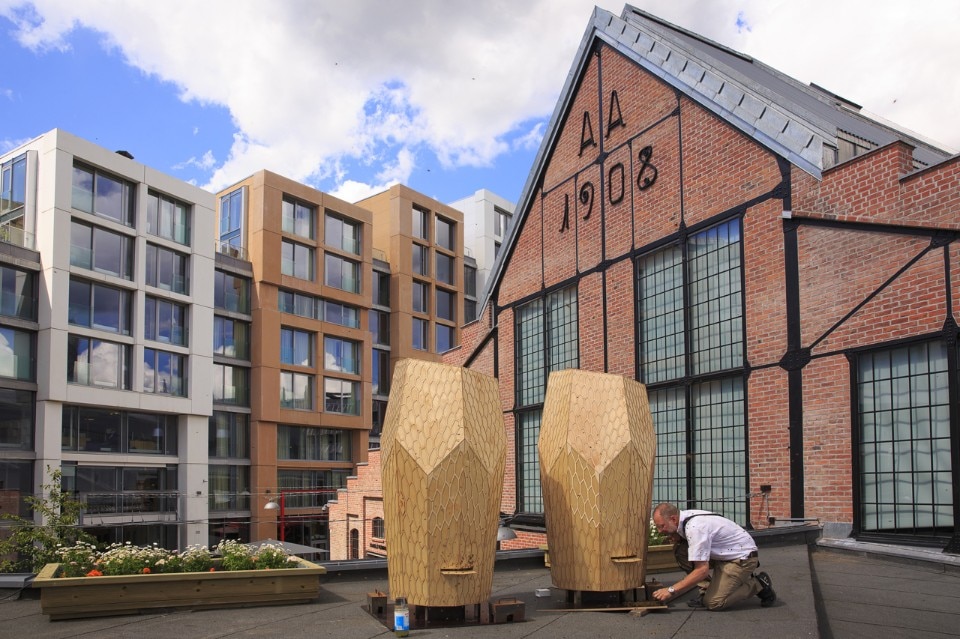
Sparebankstiftelsen DNB - Bikuber paÌ Vulkan 25062014
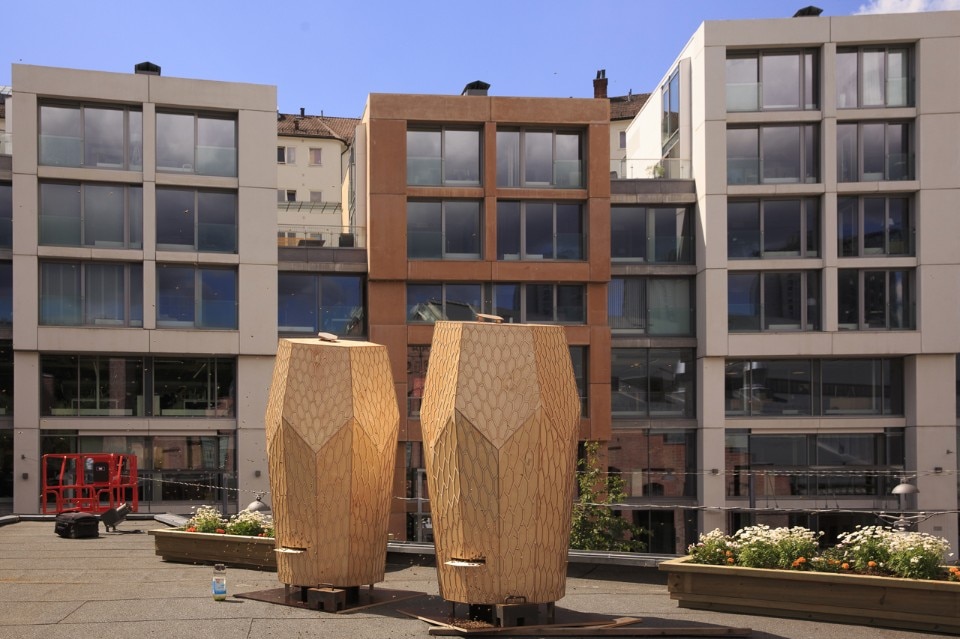
Sparebankstiftelsen DNB - Bikuber paÌ Vulkan 25062014
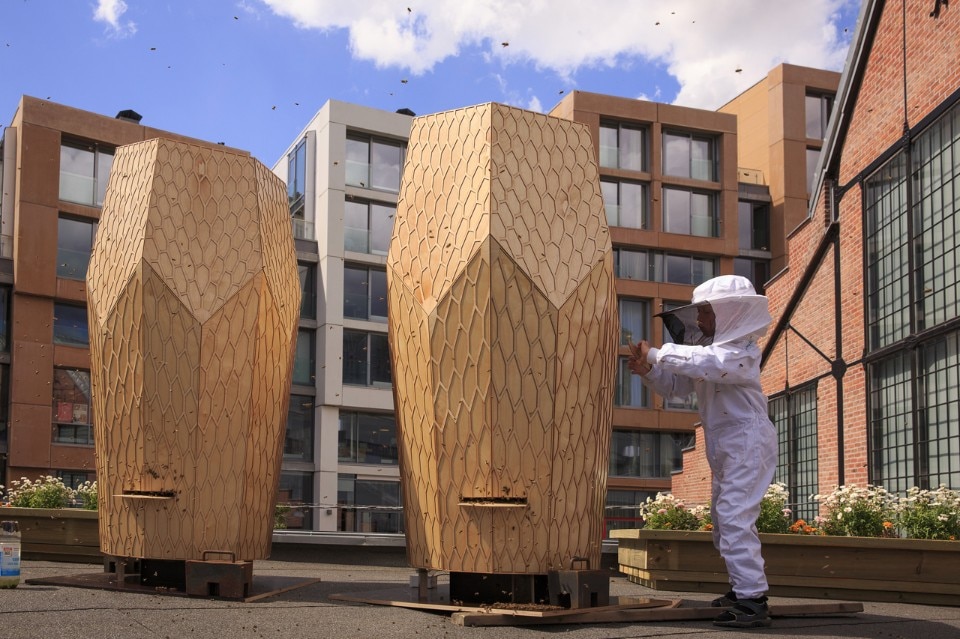
Sparebankstiftelsen DNB - Bikuber paÌ Vulkan 25062014
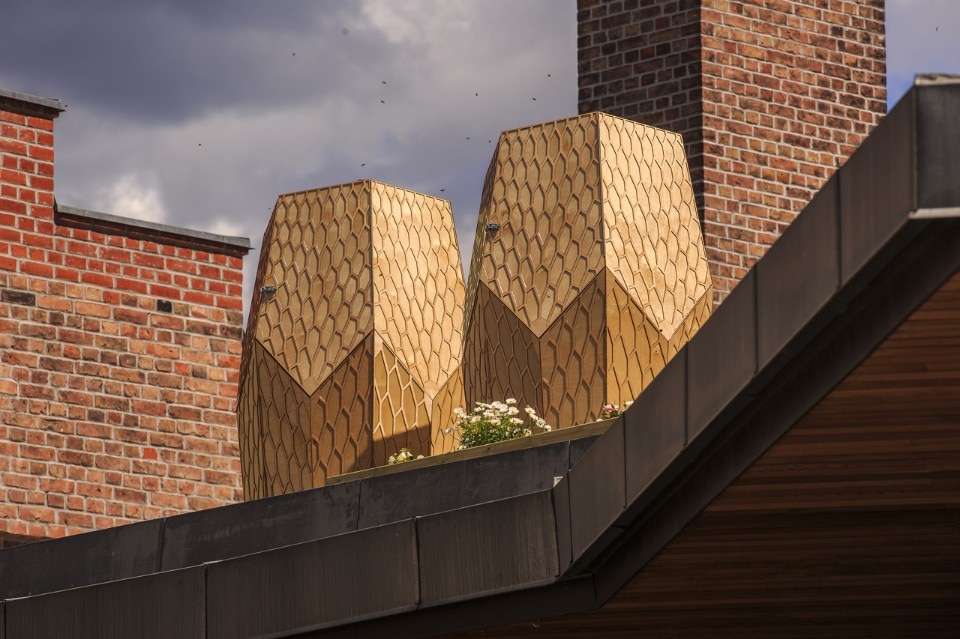
Sparebankstiftelsen DNB - Bikuber paÌ Vulkan 25062014
– Wunderbugs. Together with an entomologist, a composer and a sound designer, OFL Architecture conceived an interactive “sound garden” where insects are the DJs of a digital soundtrack.
– Snøhetta designed in Oslo two beehives, inspired by the natural honeycomb geometry, to bring more bees to the city and create involvement around this important food suppliers.
– Bienenhaus. In this small self-built architecture Massimiliano Dell’Olivo uses colors to help the bees’ orientation and to clarify what’s the structure and what’s the skin.
– Bio Based Pavilion. In the Dutch city of Nijmegen Frank Marcus conceived a pavilion to host beehives as to connected oval spaces, shaped as the atomy of a body of an insect.
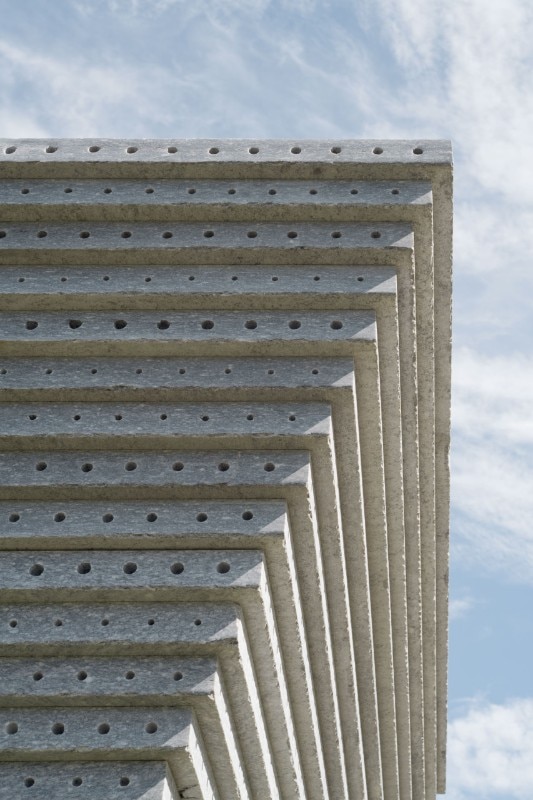
 View gallery
View gallery

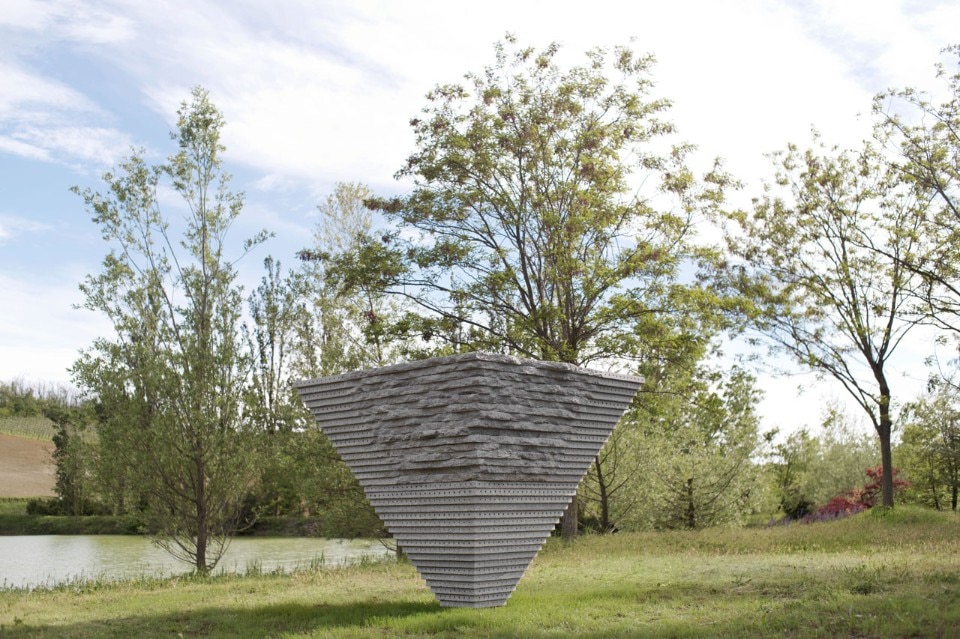
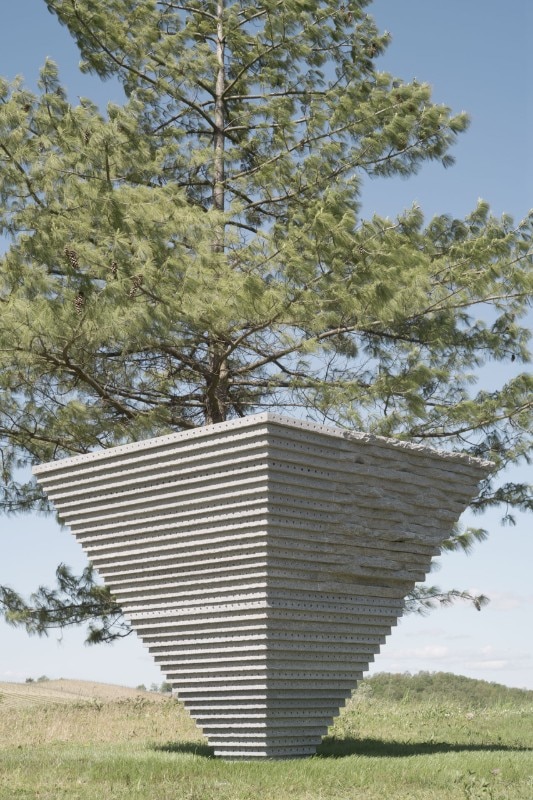
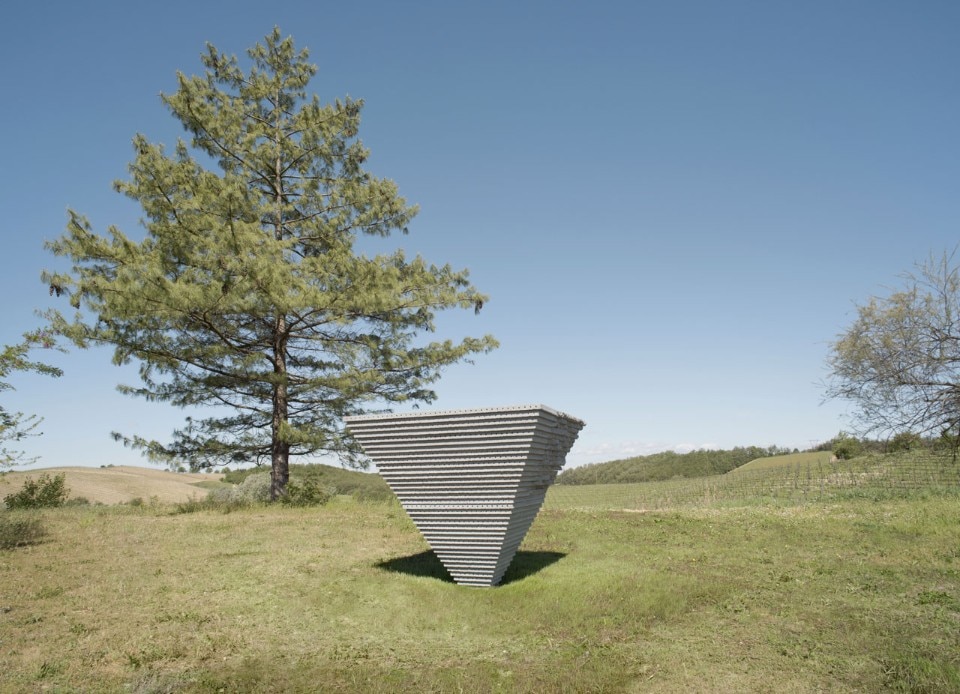
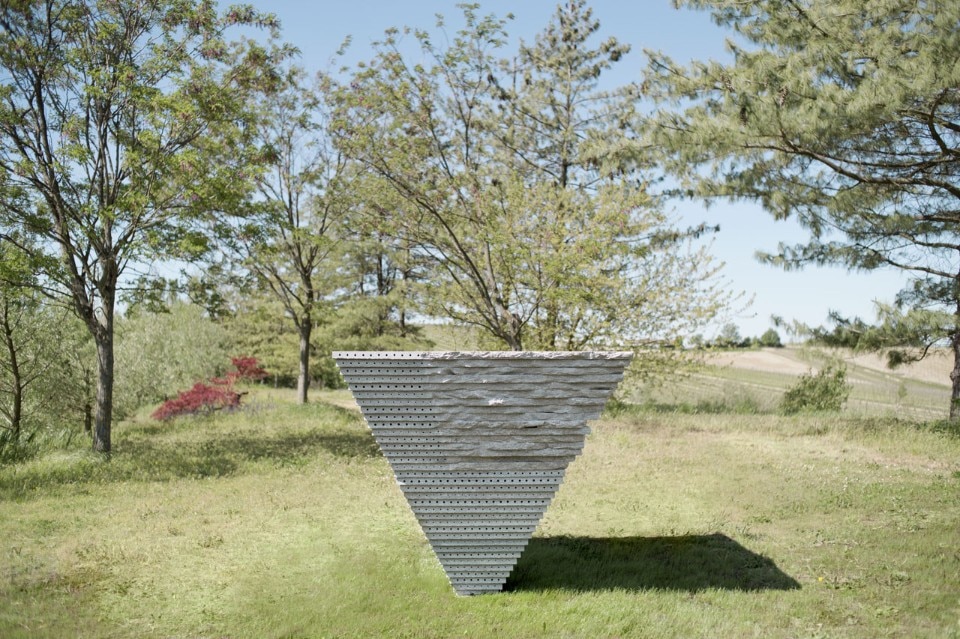
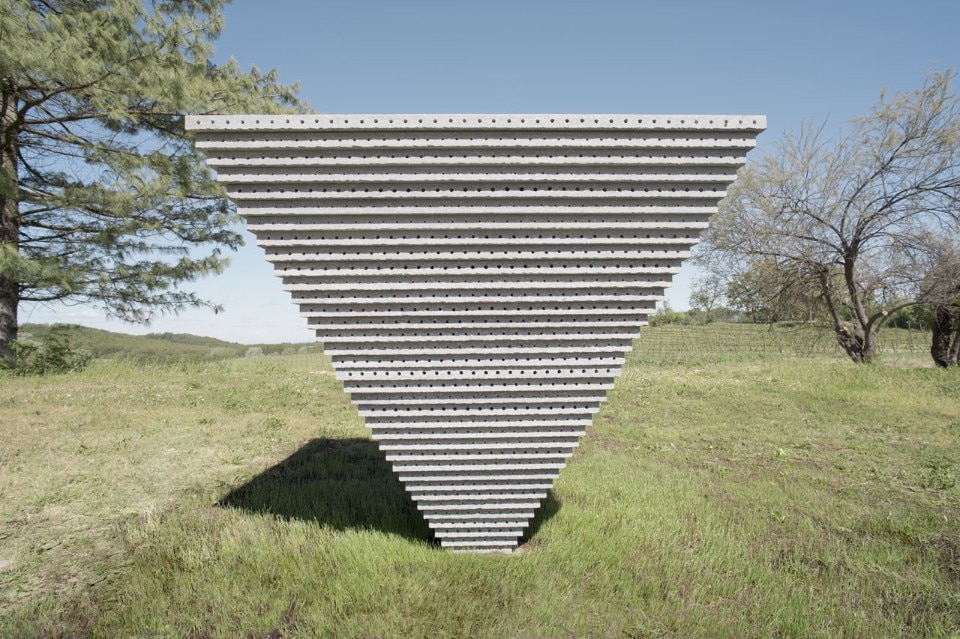
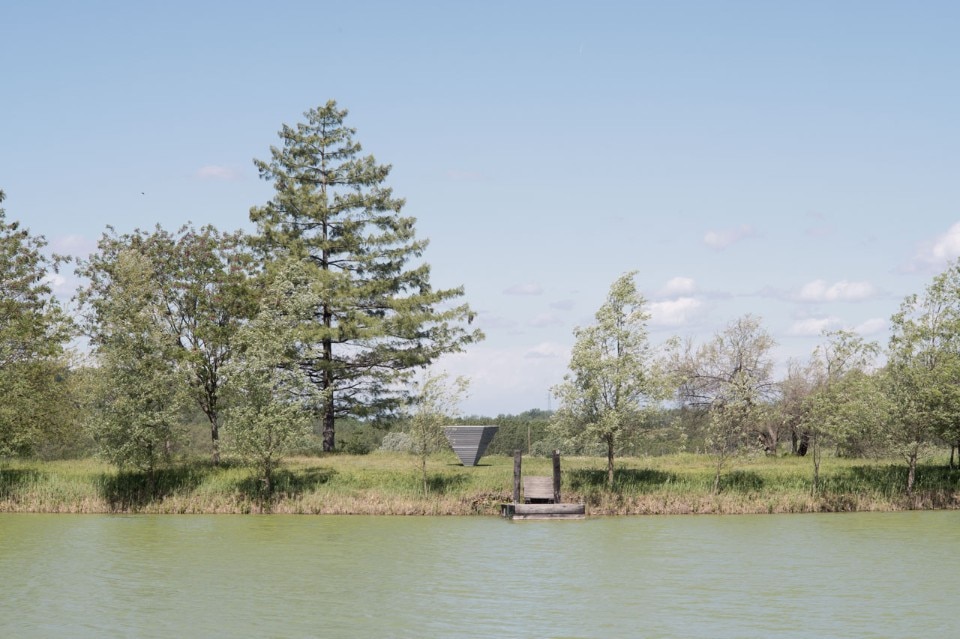
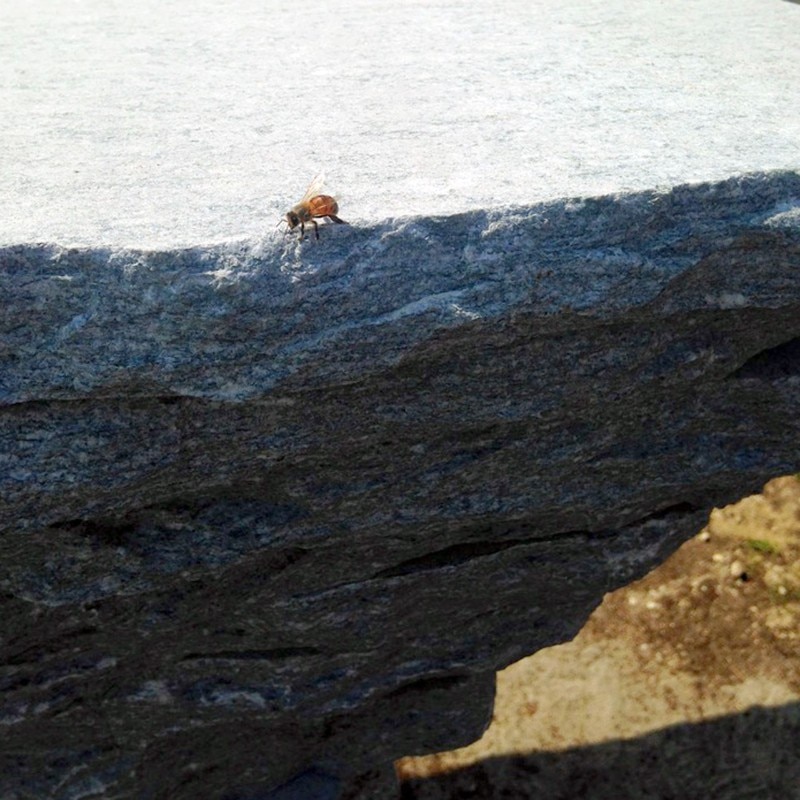
– Architecture-by-Bee. Geoff Manaugh and John Becker imagined a new urban bee species to be used as a low-cost biological tool for repairing statues and architectural ornament, even producing whole, free-standing structures such as cathedrals.
– Interested in insects and their waste streams to create future artefacts, Marlène Huissoud presents a project that tells the greater discarded beauties that surround us.
– Designersblock. In a peaceful area of the Bankside District, an abandoned building hosted probably the most alternative and socially engaged exhibition of the London Design Week.
– Apiarium: a beehive for public space.
Opening image: Francesco Faccin, Honey Factory, Triennale di Milano. Photo Delfino Sisto Legnani


